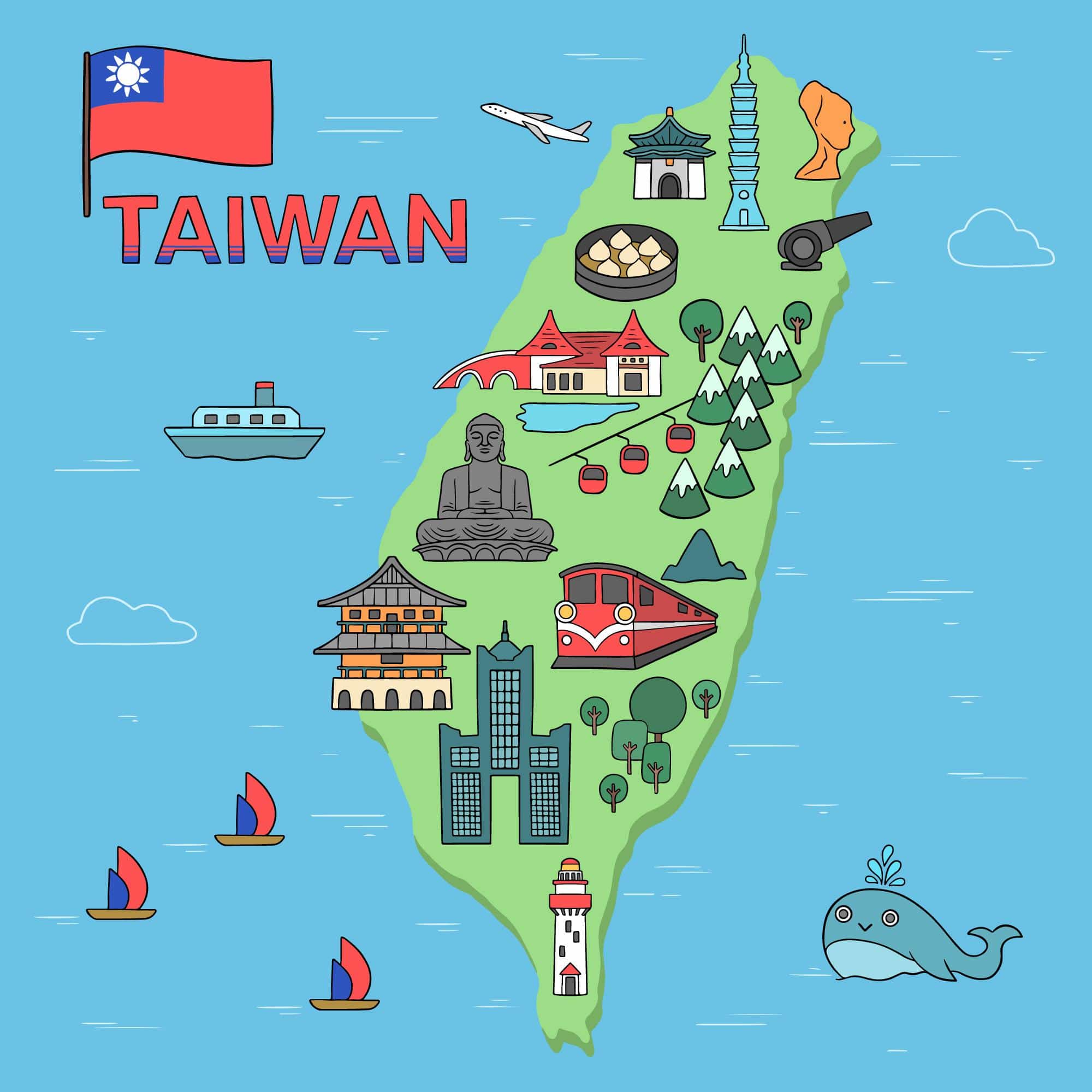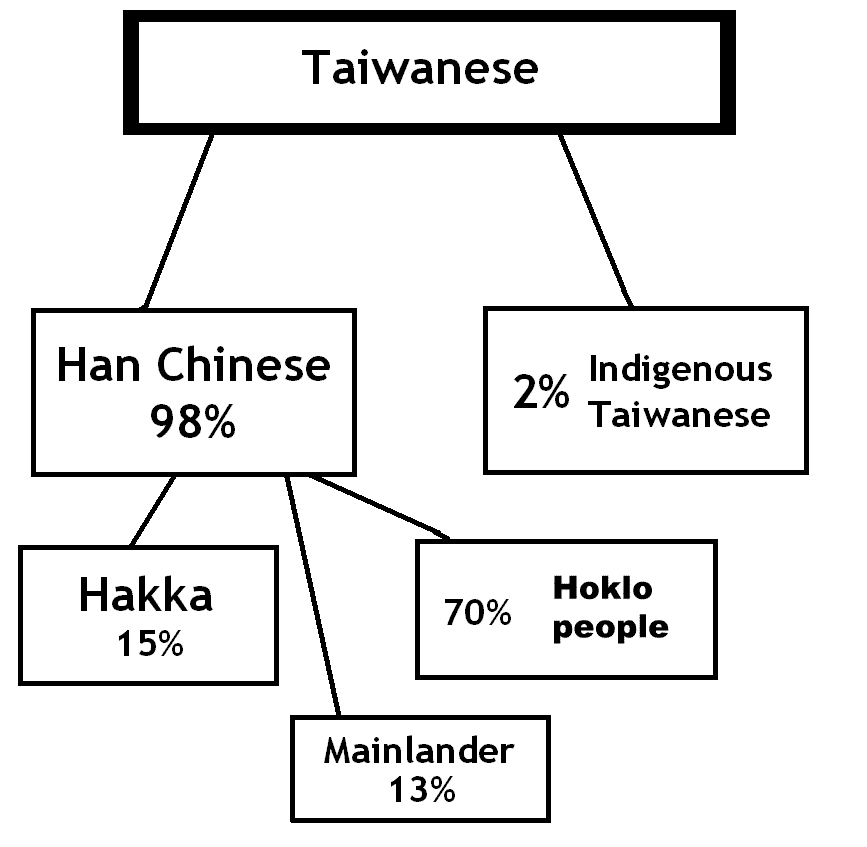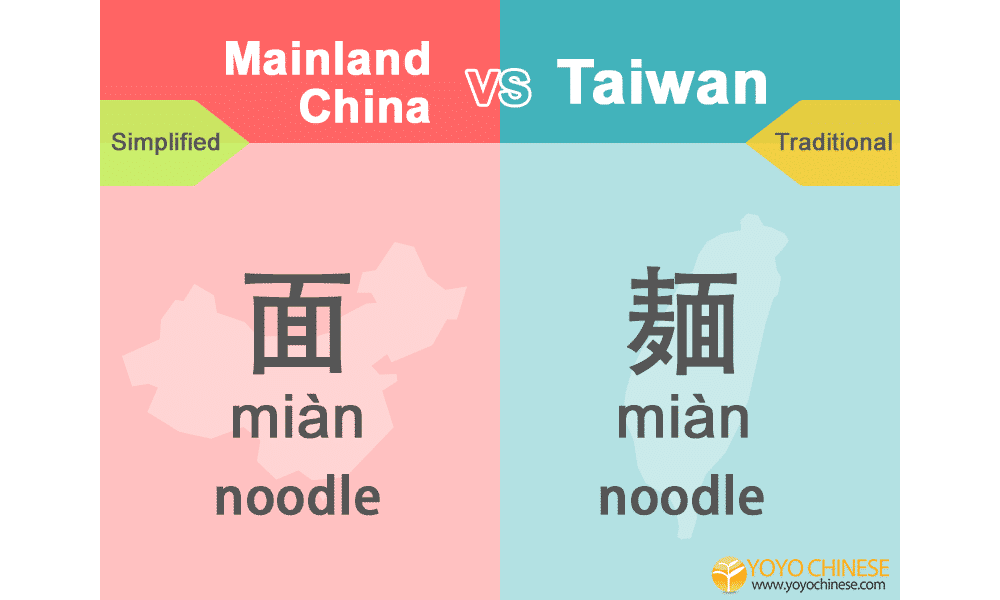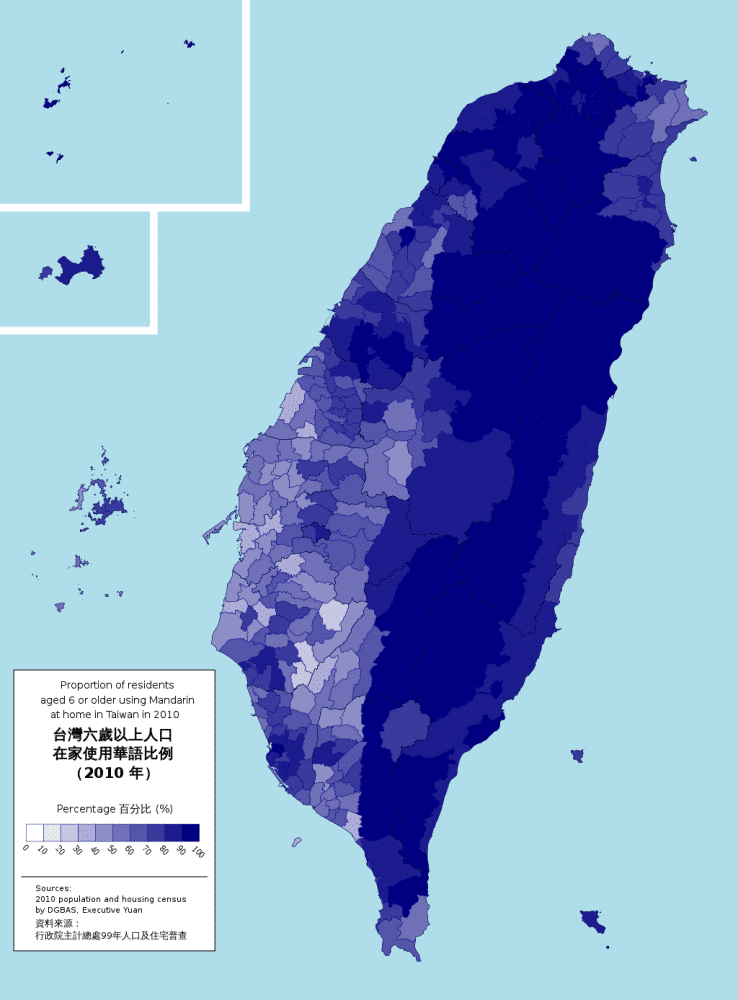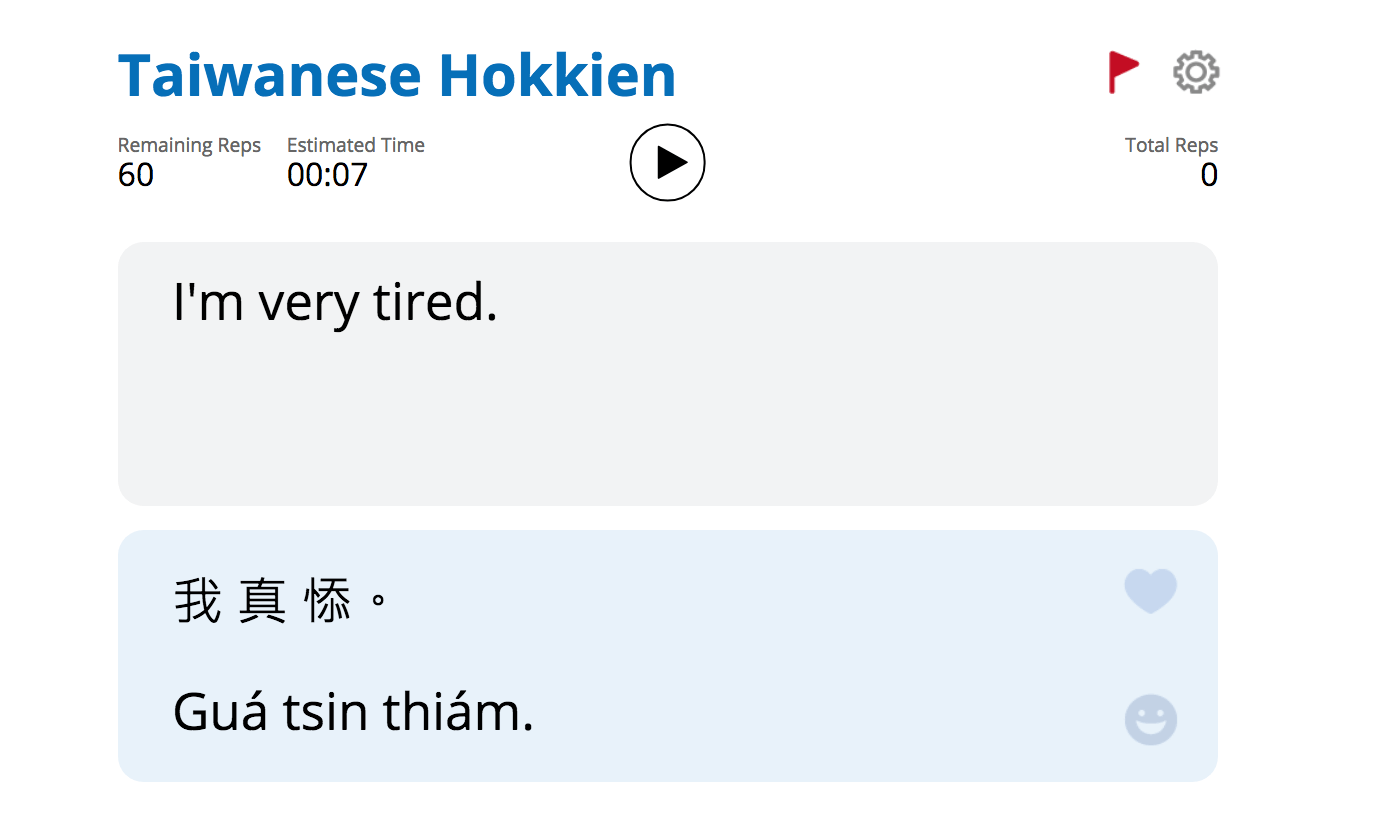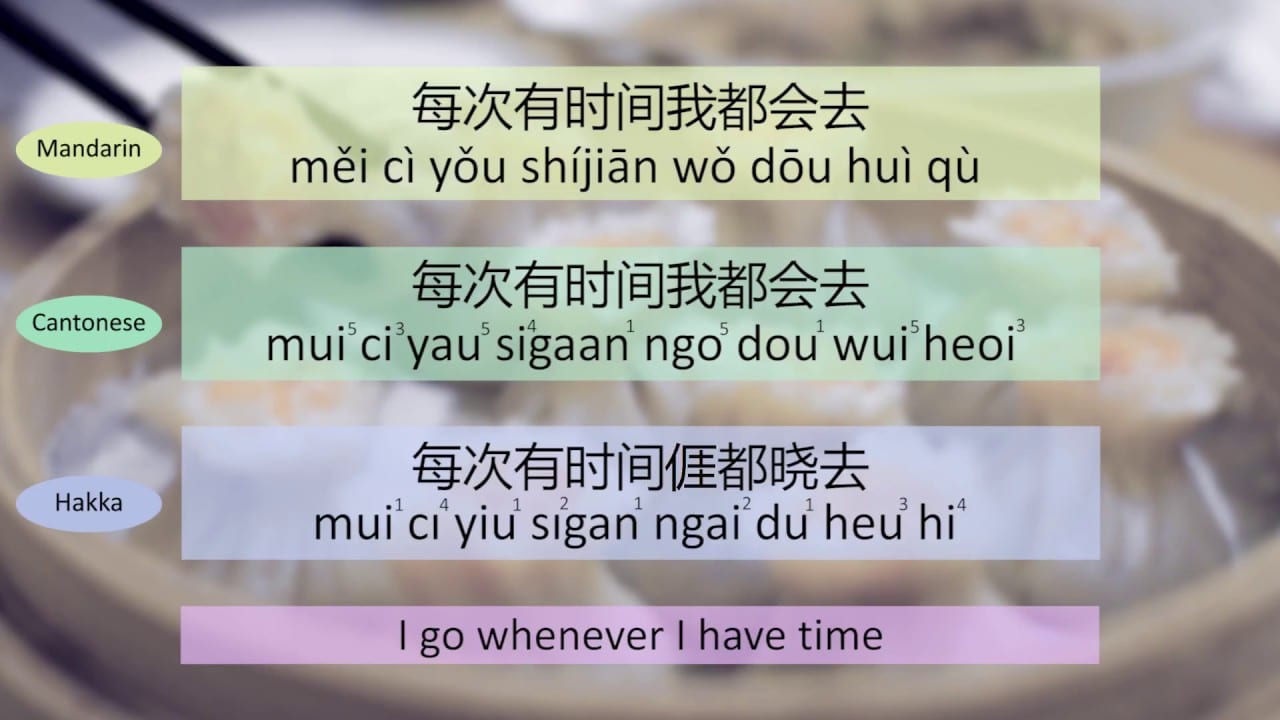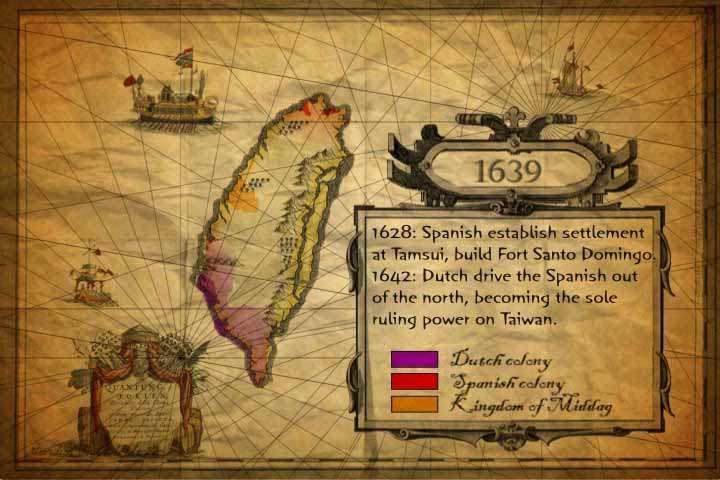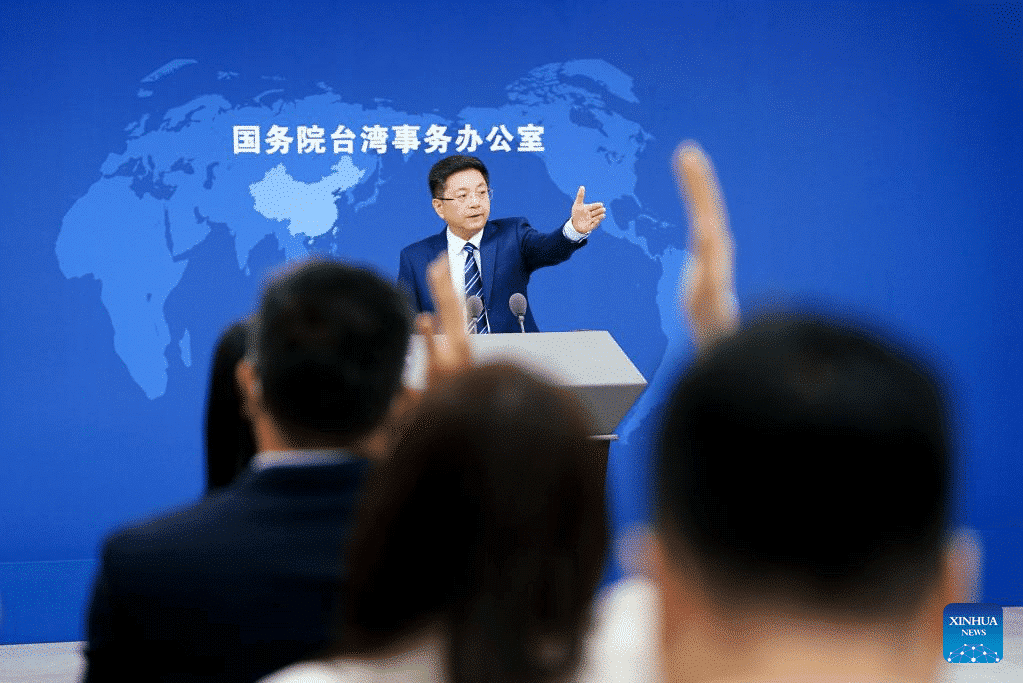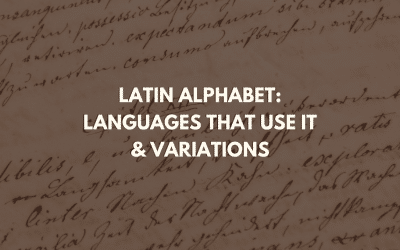Taiwan, officially the Republic of China (ROC), is a country in East Asia. This island is located at the junction of the South and East China Seas in the northwestern Pacific Ocean and is an incredibly interesting place!
Also read: Must Know Things About Korean Business Etiquette & Culture
Not many know that Taiwan is one of the most densely populated countries in the world. The island is approximately the size of Belgium but has almost double the population. 23.5 million people live there.
Taiwan is located in the eastern part of Asia, with China, Japan, and the Philippines as neighbouring countries. Its rich history as a Dutch and Spanish colony followed by Japanese and Chinese rule has formed its diverse linguistic landscape.
The languages spoken in Taiwan, however, often cause confusion for travellers, visitors, and foreigners in general.
Is Chinese the most spoken language in Taiwan? Is it the same Chinese spoken in Mainland China, or is it different? Are Hokkien and Hokka the same language?
If you want to find out more about the linguistic heritage of this island, keep reading because this blog will answer all of your questions!
Are you looking for professional translation services?
Milestone helps you seamlessly translate content & localize your website, products, and services for more reach, better conversions, and greater sales.
Taiwan’s demography and linguistic landscape
Taiwan’s historical demography can give us an insight into the island’s diverse linguistic landscape.
Han Chinese are the biggest ethnic group in Taiwan, making up 98% of the country’s population. This is primarily due to the century-long migration from Mainland China, which started in the 17th century.
Interestingly, the Han Chinese population has mingled with the indigenous population on the island. Thus, Han Chinese culture includes linguistic and ethnic variations, such as Hakka (keep reading to find out more).
For centuries on end, Taiwan’s linguistic landscape included mainly the indigenous languages, Hakka and Hokkien. Until the end of the 19th century, Taiwan continued to be a hodgepodge of these indigenous languages, with occasional switching to Mandarin Chinese as a lingua franca.
In 1895, when the Japanese took over Taiwan, they undertook vast educational reforms. The Japanese language became the language in which it was taught at schools and, thus, became widely spoken.
Even today, it’s not uncommon to meet elderly Taiwanese people who speak Japanese fluently.
Also read: Business In Japan: Cultural Differences You Need To Know
What is the official language of Taiwan?
Since 1945, the official language of Taiwan has been Mandarin Chinese. It is also the most widely spoken language in the country.
However, the Mandarin Chinese that is spoken in Taiwan is different from the one spoken in Mainland China. Thus, it is widely known as Taiwanese Chinese.
The main difference is that Mainland Mandarin is written with simplified characters, whereas Taiwanese Mandarin utilizes traditional characters.
Also read: Simplified vs Traditional Chinese: What Is The Difference?
Taiwanese Mandarin is also referred to as Guoyu, meaning ‘national language,’ or colloquially known as Huayu.
There are about 4.6 million L1 Taiwanese Chinese speakers as well as 15 million people who speak it as their second language.
Interestingly, today’s Taiwanese Chinese has remained remarkably unaffected. Thus, it is very similar to the Mandarin Chinese that immigrants brought with them centuries ago.
As already mentioned, migration from Mainland China to Taiwan started in the 17th century. During that time, immigration was rather short-term. People simply sought new opportunities for investment or fled periods of poverty in their homeland.
Due to their short-term stays, Chinese immigrants did not interfere much with the local culture and language. As a result, the indigenous languages remained pretty much intact.
Until the 1940s, when the main flood of immigration happened, due to military and political upheaval in their homeland, many Chinese immigrants escaped to Taiwan.
Nowadays, it is nearly impossible to find a person in Taiwan who does not speak Mandarin Chinese.
Also read: Chinese vs Japanese vs Korean Languages: Similarities & Differences
What are the vernacular languages spoken in Taiwan?
Taiwanese is the colloquial name of (Taiwanese) Hokkien.
Taiwanese, together with Hokka, were the two main languages in Taiwan until they were displaced by Mandarin.
Taiwanese has its roots in Old Chinese. What’s more, this vernacular language has a huge number of Japanese loanwords. It uses traditional Chinese characters but can also be written with Latin letters.
Today, Hokkien is still widely spoken in the country. Statistics show that over 70% of the population speaks Taiwanese, which is about 16 million people.
While Mandarin has established itself as the official language in the country, used by the government and administration, Taiwanese Hokkien remains very popular and has become the most common language of everyday life.
Hakka Chinese is another Taiwanese vernacular language that is still spoken by a small population in the country.
The Hakka are an ethnic group within China, and they have preserved their local language through the centuries.
Hakka Chinese is typically written with Chinese characters.
Unfortunately, Hakka is slowly dying out in Taiwan due to the growing popularity of Taiwanese Hokkien and Taiwanese Chinese.
Only 2.5 million Hokka speakers are living in Taiwan today.
Both Hakka and Hokkien are dialects that originally belonged to southern Fujian Province, which is situated just across the Taiwan Strait.
Also read: Doing Business In China: The Cultural Differences You Need To Know
What are the Foreign languages spoken in Taiwan?
Japanese language
In 1895, China ceded Taiwan to Japan, and the Japanese ruled the island for several decades.
Until 1945, the Japanese introduced their language in all spheres of life in the country. According to statistics, by 1943, more than 80% of the island’s population was fluent in Japanese.
Today, Japanese is still a major part of the linguistic landscape of Taiwan. A lot of elderly people are fluent in Japanese.
In addition, the notion that Japanese is the language of the elite in Taiwan is still very much present.
Indeed, this notion is further consolidated by the fact that some of the biggest business leaders in Taiwan speak Japanese, and many have also studied and visited Japan while in school.
Interestingly, many prominent Taiwanese figures, such as Lee Teng-hui, former Taiwanese President, and Momofuku Ando, founder of Nissin and inventor of instant ramen, are considered native Japanese speakers since they were born in Japanese Taiwan.
However, there are no statistics on the number of Japanese speakers in Taiwan.
Also read: Everything About The Languages Of APAC
Connect With Your Taiwanese Customers In Their Native Languages
Milestone helps you seamlessly translate content & localize your website, products, and services for more reach, better conversions, and greater sales.
Southeast Asian languages
A significant number of immigrants in Taiwan are originally from South-East Asia. Thus, there are a few South-East Asian languages that are widely spoken in Taiwan:
- Vietnamese: With about 200,000 Vietnamese speakers in Taiwan, this is the most widely spoken Southeast Asian language on the island. In 2011, there were attempts to include Vietnamese as a heritage language for children of Vietnamese immigrants, but they were rather unsuccessful.
- Indonesian: Indonesian is the second most widely spoken South-East Asian language, with approximately 140,000 Indonesian speakers in Taiwan.
- Tagalog: Tagalog is also widely spoken by Filipinos and has about 108,520 speakers in Taiwan.
- Javanese: Javanese is also spoken by Javanese people from Indonesia. It is believed that the Javanese people originally came from Taiwan and later migrated to Indonesia.
Also read: Most Spoken Languages Of South Asia
European languages
- Spanish: Spanish was widely spoken in the northern part of Taiwan during Spanish colonial rule. After its end in 1642, the Spanish language began to disappear.
- Dutch: During the Dutch colonial rule over the island, Dutch was widely taught to the local population. After the end of the Dutch presence in Taiwan, the language lost its prominence.
- English: English is widely taught as a foreign language in the country. Some large private schools in Taiwan use English as the main language of instruction.
In addition, Taiwan’s government has proposed making English an official language. The government wants English to become a second language for the local population by 2030.
Also read: Languages Of East Asia [Complete Guide]
Taiwanese communication style
Besides their diverse linguistic landscape, Taiwanese people have quite an interesting communication style. Here are a few main points you need to keep in mind:
Indirect communication
Taiwanese people are rather contemplative when it comes to communication. They often pay a lot of attention to how to express their thoughts in order not to offend the other person.
Thus, they often use very ambiguous language and a lot of understatements to convey their message.
This is particularly evident when discussing negative topics that are likely to cause offence or embarrassment. In such cases, it is always better to ask open questions instead of yes-or-no ones. In this way, you give the other person more space, and if they feel uncomfortable, they can always answer in a more ambiguous, roundabout way.
Choice of language
While English has become quite widely spoken in the country due to recent educational reforms, do not assume that everybody in the country speaks it fluently.
Indeed, most young people living in Taiwan can speak English, but this does not apply to the rest of the population.
Therefore, it is always better to use Mandarin or Hakka when in Taiwan.
Moreover, in today’s technologically advanced era, the linguistic landscape of Taiwan is further enriched by innovations like voice-to-text apps, facilitating smoother communication for language learners and bridging linguistic barriers.
Physical contact and gestures
In Taiwan, people rarely demonstrate their emotions through physical contact and behave somewhat more formally.
Hugging is usually done in private settings. Gestures, such as lightly touching someone on their arm while speaking, are viewed as a signal of closeness.
Nevertheless, holding hands with your friends and partner in public is widely accepted, especially among young people.
When it comes to gestures, you need to pay closer attention to the reactions of your Taiwanese counterparts.
For example, a typical way to indicate ‘no’ is to face the palm of your hand outward and position it in front of your face while moving it back and forth.
Another example is covering your face with your hands to express embarrassment.
Pointing with a finger is regarded as an expression of hostility or accusation. Thus, use an open hand instead.
Also read: Business In The Middle East: Cultural Differences You Need To Know
Conclusion
Taiwan is an island country with a fascinating history and an incredibly diverse linguistic landscape. Today, there are opportunities to embark on a virtual tour if you are willing to explore the cultural tapestry of Taiwan.
Throughout history, there have been many attempts to establish different languages, such as Spanish, Dutch, and Japanese, as the most widely spoken ones.
Today, however, Mandarin Chinese, often referred to as Taiwanese Chinese, is the most common language among the people.
And while the Taiwanese government strives further to diversify the country’s linguistic heritage by introducing English, Taiwanese Chinese seems to be more popular among the people.
Check out: Our Case Study on how we helped Youtube Rosie Gabrielle with subtitle translations from English To Traditional Chinese (Taiwan) for her videos
Connect With Your Taiwanese Customers In Their Native Language
Milestone helps you seamlessly translate content & localize your website, products, and services for more reach, better conversions, and greater sales.


